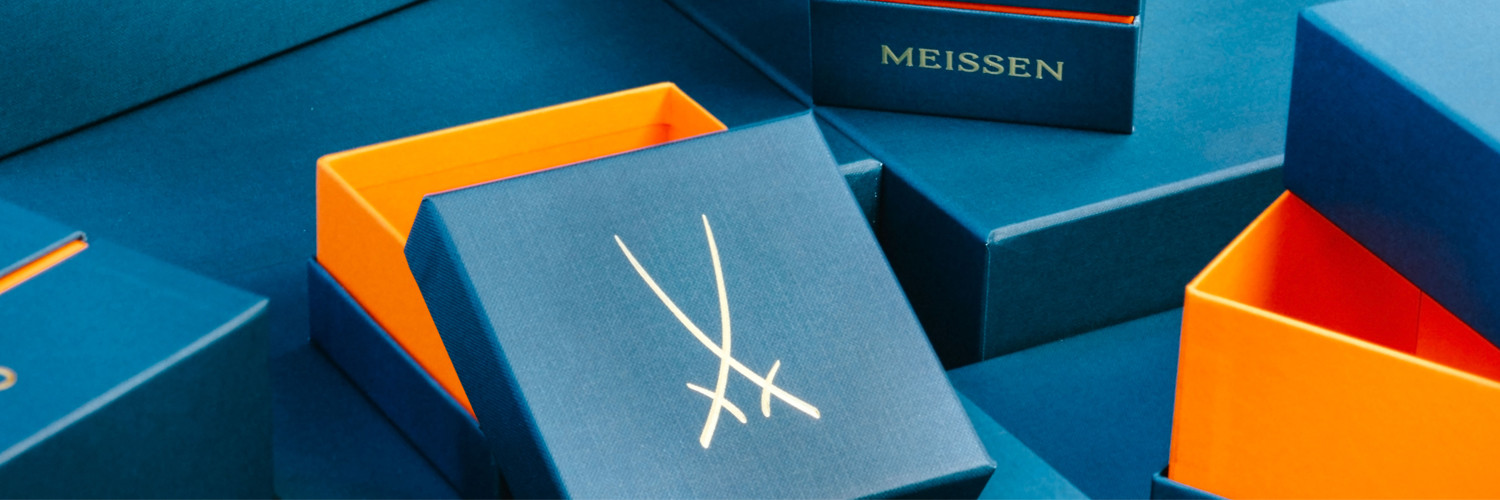Cart
View Cart
You have no items in your shopping cart.
More Information on shipping options and delivery times can be found here.


Get 10% discount* on your next online order
Do you have questions about the manufactory, our product range or special designs - we are happy to advise you!
Consultation hours:
Mon-Fri: 9am - 6pm
Sat: 10am - 4pm
X
